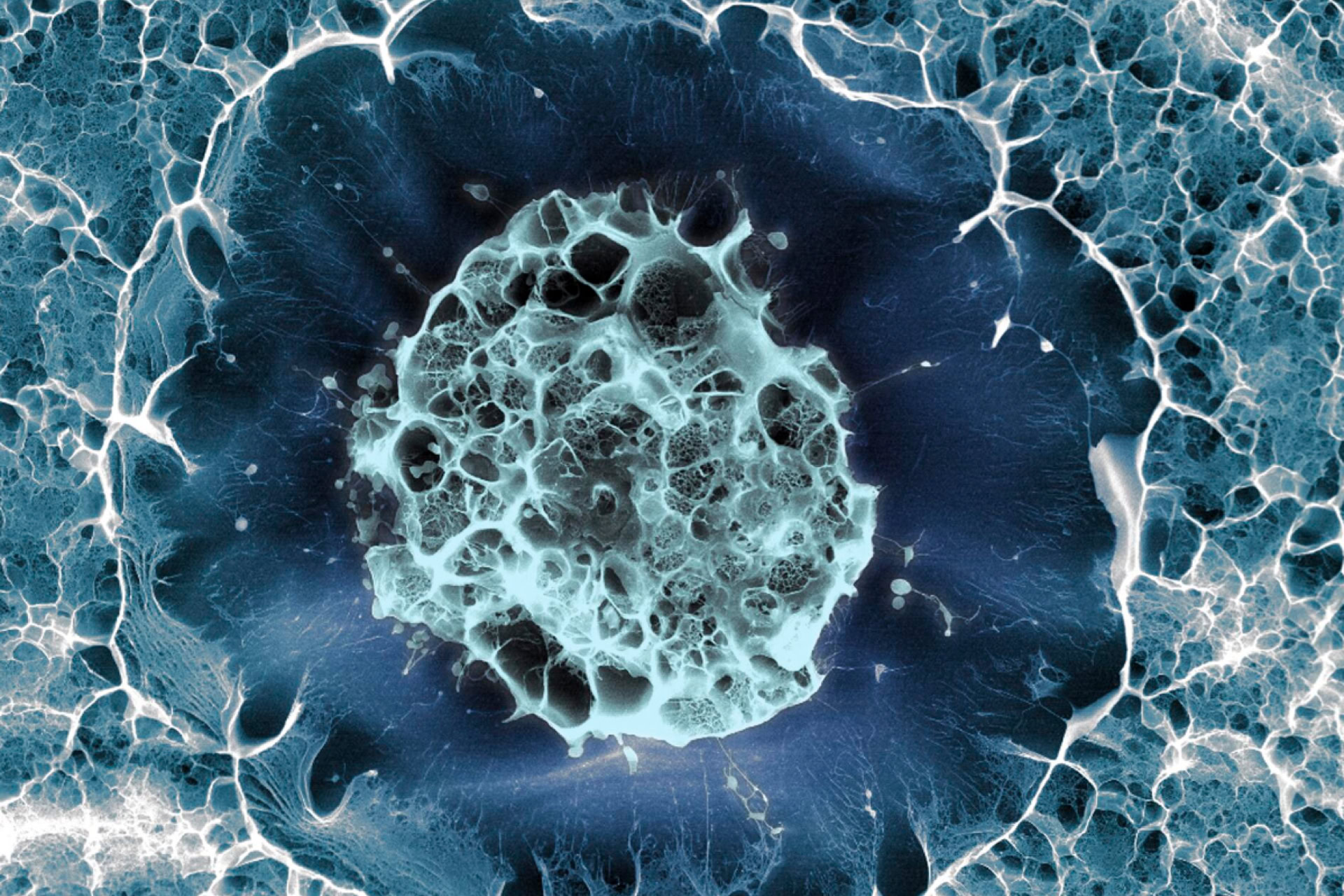Ten drugs companies and 23 European universities will work to develop a stem cell bank that researchers will use in fundamental disease research and to test potential new medicines.
Called StemBANCC, the project was initiated and will be coordinated by the University of Oxford and the Swiss-based pharmaceutical company Roche. It will receive €55.6 million in funding over five years, with €26 million coming from the European Union's Innovative Medicines Initiative. The participating drugs firms will furnish €21 million in 'in kind' contributions.
Martin Graf, Head of the Stem Cell Platform and coordinator of the project at Roche, says: 'The aim of StemBANCC is to generate and characterise 1,500 high quality human induced pluripotent stem cell [iPSC] lines derived from 500 patients that can be used by researchers to study a range of diseases, including diabetes and dementia'.
Induced pluripotent stem cells are created by reprogramming normal adult cells so that they enter a state similar to that found in embryonic stem cells and then can be made to grow into other types of cell. So cells from patients' blood or skin can be used to generate other specialised cell types - heart cells or neurons, for example - relevant to the disease being investigated. These cells can then be used in laboratory tests for early stage drug development.
Because such cells contain patients' genes, they might include genes implicated in the disease of interest. Dr Zameel Cader, a consultant neurologist at the University of Oxford and principal scientist of StemBANCC says that iPSCs represent 'the perfect platform for finding drugs. It's superior because we are looking directly at human cells from the patient, capturing the genetic complexity of the disease'.
Currently, new compounds are likely to be screened in lab cell lines that are amenable to study but bear little resemblance to patients' cells.
Dr Sally Cowley, also from the University of Oxford, adds: 'Because the stem cells can be expanded indefinitely, we can essentially produce an infinite number of these patient-derived cells to work with. They can be stored, shipped around the world, and potentially made accessible to any researcher anywhere'.
The StemBANCC project will initially focus on disorders of the nervous system, such as neuropathic pain and Alzheimer's and Parkinson's diseases, psychiatric disorders like schizophrenia and bipolar disorder, as well as diabetes.
Sources and References
-
Stem cells to aid search for new drugs in hard-to-treat conditions
-
Roche and the Innovative Medicines Initiative join forces to promote use of Nobel Prize-winning stem cell technology to enhance drug development
-
Drug Makers, Universities Team Up on Stem Cells
-
Roche, Pfizer, Sanofi Plan $72.7 Million Stem-Cell Bank
-
European stem cell bank aims to speed drug development





Leave a Reply
You must be logged in to post a comment.